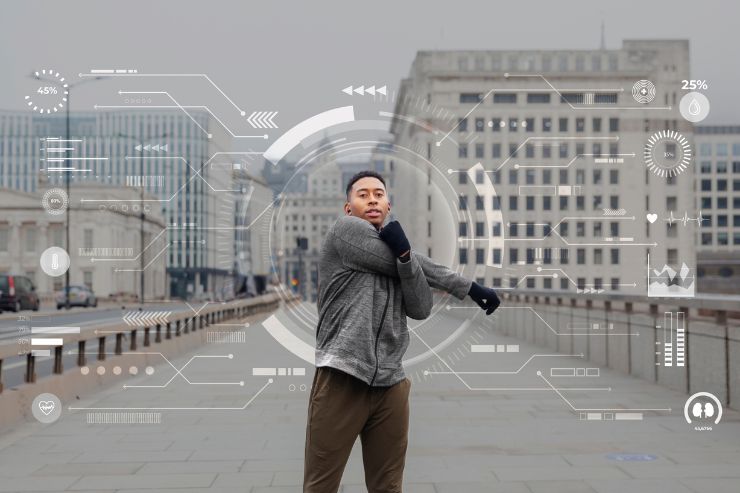Artificial Intelligence (AI) is revolutionizing security surveillance systems, providing advanced capabilities that enhance situational awareness, improve threat detection, and streamline security operations. Here’s how AI is transforming security surveillance:
- Real-Time Threat Detection: AI-powered surveillance systems can analyze video feeds in real-time, detecting anomalies, identifying objects, and recognizing patterns that may indicate potential security threats. This proactive approach enables security personnel to respond quickly to emerging situations.
- Object Recognition and Tracking: AI algorithms can accurately identify and track objects of interest, such as vehicles, individuals, or suspicious items. This capability allows for effective monitoring of high-traffic areas, restricted zones, and perimeter security.
- Behavior Analysis: AI can analyze human behavior patterns captured by surveillance cameras, identifying unusual activities or behaviors that may require investigation. Behavioral analysis helps in detecting trespassing, loitering, or other suspicious actions in real-time.
- Facial Recognition: Facial recognition technology powered by AI enables the identification of individuals in surveillance footage. This capability is valuable for access control, visitor management, and identifying persons of interest or potential threats.
- Predictive Analytics: AI-driven predictive analytics can forecast potential security risks based on historical data, weather conditions, and other relevant factors. This proactive approach allows security teams to take preemptive measures to mitigate threats before they escalate.
- Automated Alerts and Response: AI systems can generate automated alerts based on predefined rules or suspicious activities detected in surveillance footage. These alerts can trigger immediate responses, such as notifying security personnel, activating alarms, or initiating lockdown procedures.
- Video Summarization: AI algorithms can summarize lengthy video footage into concise summaries, highlighting key events or incidents. This video summarization feature saves time for security operators and facilitates efficient review of critical footage.
- Integration with IoT Devices: AI-powered surveillance systems can integrate with Internet of Things (IoT) devices such as sensors, access control systems, and alarms. This seamless integration enhances overall security by providing a unified view of disparate security components.
- Adaptive Learning: AI systems can learn and adapt over time, continuously improving their performance and accuracy. By analyzing feedback and data trends, AI algorithms can refine their detection capabilities and minimize false alarms.
- Enhanced Situational Awareness: Collectively, AI-enhanced security surveillance systems provide enhanced situational awareness, empowering security personnel with actionable insights, real-time alerts, and intelligent decision support tools.
In summary, AI plays a pivotal role in enhancing security surveillance systems by enabling real-time threat detection, object recognition, behavior analysis, facial recognition, predictive analytics, automated alerts, video summarization, IoT integration, adaptive learning, and enhanced situational awareness. These AI-driven capabilities are instrumental in safeguarding assets, infrastructure, and people, making security operations more efficient, effective, and proactive.

